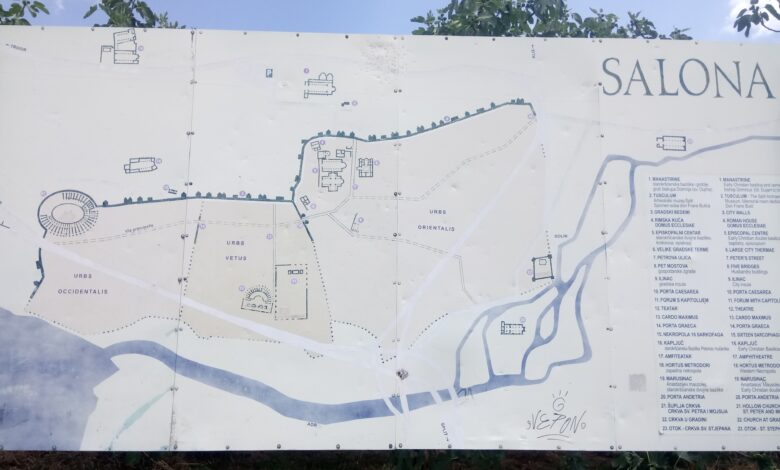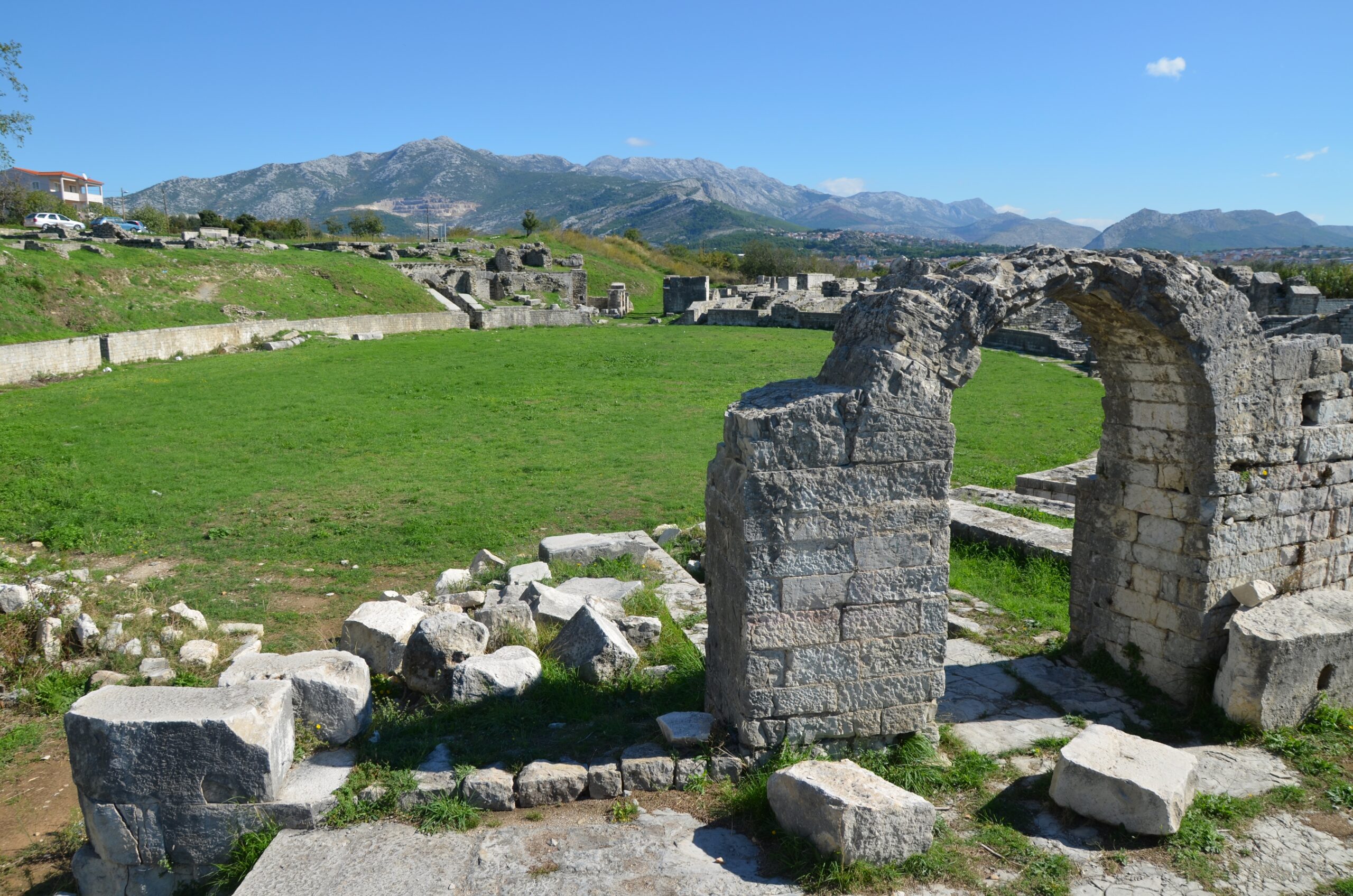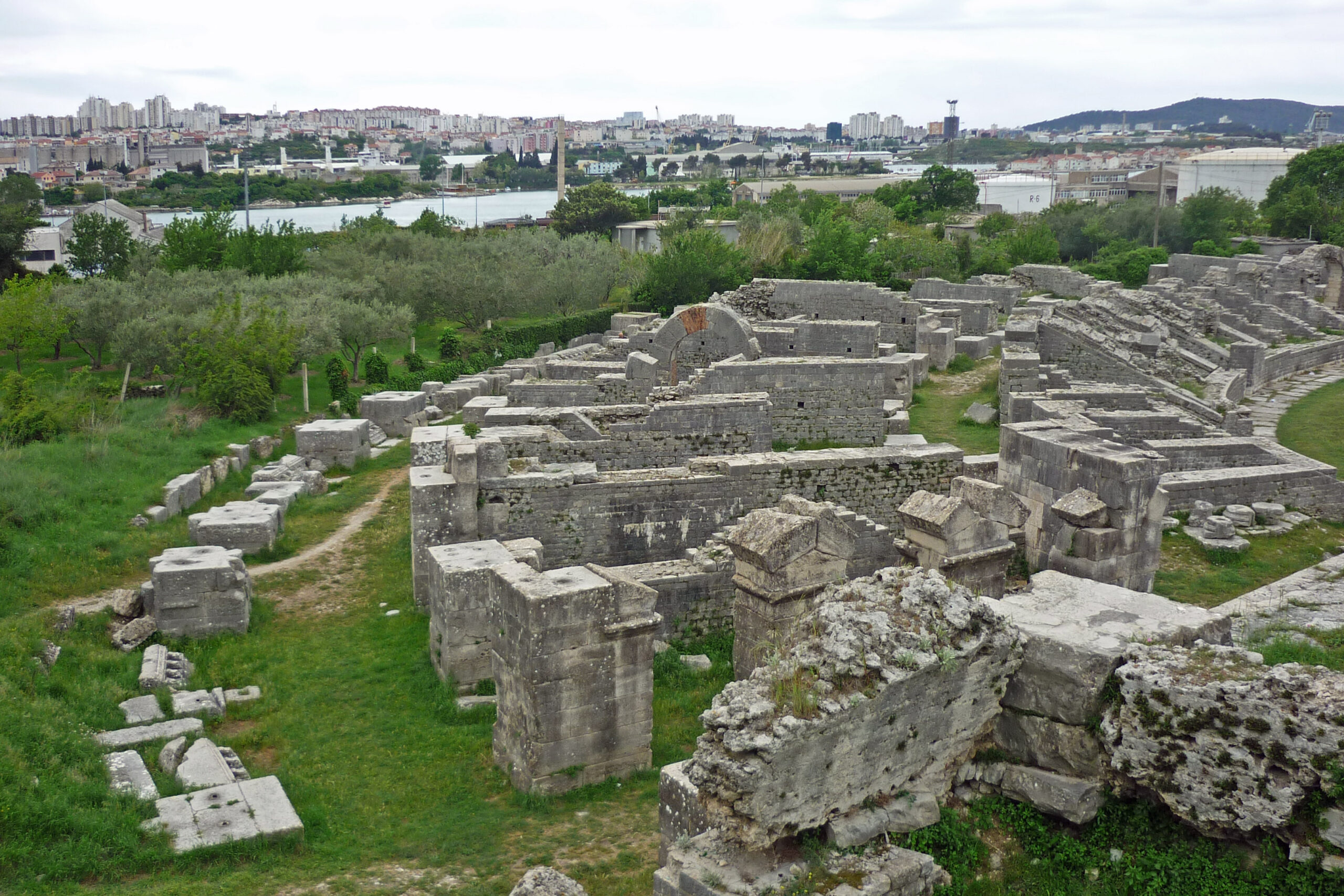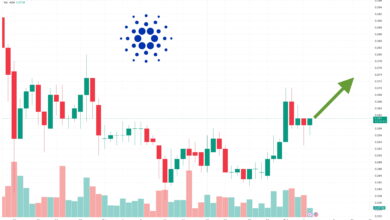
Where is Salona Village Croatia’s Ancient Roman Capital
Where Salona village is is a question that sparks curiosity among history enthusiasts, travellers, and archaeology lovers worldwide. Located in modern-day Salona village near Split, Croatia, this remarkable archaeological site represents one of the most significant Roman settlements in the Balkans. The ancient city of Salona was once a thriving metropolis that served as the capital of the Roman province of Dalmatia, with a population of up to 60,000 inhabitants during its peak.
Today, visitors wondering where the Salona village is will find themselves transported back in time as they explore the extensive ruins scattered across this historically rich landscape. The Salona village location in present-day Solin offers an extraordinary glimpse into Roman civilisation, featuring well-preserved archaeological remains including amphitheatres, basilicas, city walls, and ancient burial grounds. This comprehensive guide will answer all your questions about where Salona village is, its historical significance, and what makes this Croatian archaeological treasure a must-visit destination.
Geographical Location of Salona Village
Where is Salona Village Situated
Salona village is strategically positioned in the modern town of Solin, approximately 5 kilometres northeast of Split, Croatia. The Salona village location sits on the eastern coast of the Adriatic Sea, nestled within the broader Split-Dalmatia County. This prime coastal position was deliberately chosen by ancient Romans due to its sheltered inlet and favourable geographic conditions.
The terrain surrounding Salona village consists of gentle slopes leading toward the sea, characterised by typical karst landscape features. Low limestone ridges running east to west with marl deposits in the valleys between them create the distinctive topographical setting where Salona village once flourished.
Proximity to Modern Cities
When exploring where Salona village is, visitors will discover its convenient accessibility from several major Croatian destinations:
- Split: 5 kilometres southwest
- Trogir: 20 kilometres northwest
- Zagreb: 400 kilometres north
- Dubrovnik: 230 kilometres southeast
The Salona village location makes it an ideal day trip destination for tourists staying in Split or other Dalmatian coastal cities. Public transportation and private vehicle access ensure that reaching Salona village is straightforward for international and domestic visitors alike.
Historical Significance of Salona

Ancient Roman Capital
Where the Salona village is requires appreciating its monumental historical importance. Founded in the 1st century BC, Salona evolved from a modest settlement into the magnificent capital of Roman Dalmatia. The city’s strategic Salona village location made it a crucial administrative, military, and commercial hub throughout the Roman Empire.
At its zenith during the 2nd and 3rd centuries AD, Salona village housed between 40,000 and 60,000 residents, making it one of the largest urban centres in the eastern Adriatic region. The city’s prosperity stemmed from its position along major trade routes connecting the interior Balkan regions with Mediterranean markets.
Diocletian’s Birthplace
One of the most fascinating aspects of Salona village relates to its connection with Emperor Diocletian. Historical sources suggest that this influential Roman emperor was born in or near Salona, adding immense prestige to the Salona village location. Diocletian’s later construction of his retirement palace in nearby Split further emphasised the region’s imperial significance.
Early Christian Centre
Salona village played a pivotal role in the spread of early Christianity throughout the Roman Empire. The city became a crucial episcopal centre, with several churches and Christian burial grounds established within its boundaries. The famous martyrdom of Saint Domnius and other Christian saints occurred in Salona, cementing its place in religious history.
Archaeological Treasures at Salona
The Amphitheatre Complex
Visitors exploring the Salona village will encounter the impressive remains of the Roman amphitheatre, one of the site’s most spectacular features. Built in the 2nd century AD, this structure could accommodate approximately 18,000 spectators who gathered to witness gladiatorial contests and other public entertainments.
The amphitheatre’s architectural design reflects typical Roman engineering excellence, featuring underground chambers, arena floor systems, and tiered seating arrangements. Despite centuries of weathering and stone removal for other construction projects, substantial portions of the amphitheatre walls and foundation remain visible today.
Urban Infrastructure Remains
The Salona village location preserves extensive evidence of sophisticated Roman urban planning. Visitors can observe:
- City walls and gates: Massive fortification systems that protected the ancient city
- Street layouts: Well-preserved road networks following Roman grid patterns
- Public buildings: Remnants of forums, basilicas, and administrative structures
- Residential areas: Foundation remains of private homes and commercial districts
Religious Sites and Necropolis
Salona village becomes particularly fascinating when examining its archaeological and religious components. The Manastirine necropolis, located at the entrance to the archaeological park, represents one of the best-preserved burial complexes in the entire Salona site.
This early Christian cemetery contains numerous sarcophagi, tombstones, and burial chambers dating from the 3rd to 7th centuries AD. The necropolis provides invaluable insights into early Christian burial practices and artistic expressions during the late Roman period.
Visiting Salona Today
 Facilities and Services
Facilities and Services
The Salona village location provides essential visitor amenities:
- Visitor Centre: Information displays, maps, and historical exhibits
- Guided Tours: Professional archaeologists and historians available
- Walking Paths: Marked trails throughout the archaeological complex
- Parking Areas: Free parking spaces for private vehicles
- Souvenir Shop: Local crafts and educational materials
Best Time to Visit
Planning your visit to Salona village depends on several factors:
Seasonal Considerations:
- Spring (March-May): Mild temperatures, fewer crowds, blooming vegetation
- Summer (June-August): Longest daylight hours, but higher temperatures and tourist numbers
- Autumn (September-November): Comfortable weather, excellent photography conditions
- Winter (December-February): Cooler temperatures, potential for solitary exploration
Daily Timing:
- Early morning visits offer cooler temperatures and better lighting for photography.
- Late afternoon provides golden hour illumination for capturing ruins
- Midday visits during summer should include sun protection and hydration
Cultural Impact and Modern Significance
Archaeological Research
The Salona village location continues serving as an active archaeological research site. International teams of archaeologists, historians, and conservators work to:
- Excavate new areas: Ongoing digs reveal previously unknown structures
- Preserve existing ruins: Conservation efforts protect weathered stone and mosaics
- Document findings: Detailed catalogues of artefacts and architectural features
- Educate the public: Research results inform visitor interpretations and displays
Tourism Development
Where Salona village is has become increasingly crucial as Croatia develops its cultural tourism sector. The site contributes significantly to the region’s tourism economy while providing educational opportunities for visitors worldwide.
Recent infrastructure improvements have enhanced visitor experiences while maintaining the site’s archaeological integrity. Sustainable tourism practices ensure that future generations can continue exploring where the Salona village is and appreciating its historical treasures.
Educational Programs
The Salona village location serves educational institutions through:
- University partnerships: Archaeological field schools and research collaborations
- School programs: Educational visits for Croatian and international students
- Professional development: Training opportunities for tourism and heritage professionals
- Public lectures: Regular presentations about ongoing research discoveries
Planning Your Salona Experience
What to Bring
Visitors to the Salona village should prepare appropriately:
Essential Items:
- Comfortable walking shoes with good traction
- Sun protection (hat, sunglasses, sunscreen)
- Water bottles for hydration
- A camera for capturing archaeological features
- Light backpack for carrying supplies
Optional Equipment:
- Binoculars for examining distant architectural details
- Notebook for recording observations
- Portable chair for rest breaks during extended visits
- Reference books about Roman history and architecture
Photography Guidelines
The Salona village location offers exceptional photography opportunities:
Best Subjects:
- Amphitheatre ruins: Dramatic architectural perspectives
- Stone inscriptions: Ancient Latin text and symbols
- Landscape views: Coastal mountain backdrop settings
- Detail shots: Carved decorations and construction techniques
Technical Considerations:
- Golden hour lighting enhances stone textures and colours
- Wide-angle lenses capture expansive archaeological vistas
- Macro lenses reveal intricate carving and inscription details
- Tripods stabilise cameras for sharp architectural photography
Combining Visits
Maximising your exploration of where Salona village is can include nearby attractions:
Historical Sites:
- Diocletian’s Palace in Split (UNESCO World Heritage Site)
- Klis Fortress: Medieval fortress with panoramic views
- Trogir: Historic coastal town with Romanesque architecture
Natural Attractions:
- Krka National Park: Waterfalls and pristine landscapes
- Adriatic Coast: Beautiful beaches and crystal-clear waters
- Biokovo Nature Park: Mountain hiking and scenic overlooks
Conservation Efforts and Future Prospects
Preservation Challenges
The Salona village location faces several conservation challenges:
Environmental Factors:
- Mediterranean climate causes stone erosion through temperature fluctuations
- Vegetation growth threatens structural stability
- Coastal salt exposure accelerates material deterioration
Human Impact:
- Tourism pressure requires careful visitor management.
- Urban development near the site creates conservation concerns
- Limited funding affects comprehensive preservation efforts
Future Development Plans
Croatian cultural authorities have outlined ambitious plans for the location of the Salona village:
Infrastructure Improvements:
- Enhanced visitor facilities and interpretive centres
- Improved accessibility for disabled visitors
- Digital technology integration for educational experiences
Research Expansion:
- Continued excavation of unexplored areas
- Advanced documentation using 3D scanning and mapping
- International collaboration with archaeological institutions
Tourism Integration:
- Sustainable tourism development strategies
- Cultural event programming and heritage festivals
- Educational tourism promotion targeting international markets
Also Read: Ethereum Classic price today, ETC price chart & live trends
Conclusion
Salona village represents far more than a simple geographical inquiry—it opens doors to one of Europe’s most significant archaeological treasures. Located in modern-day Solin, just northeast of Split, Croatia, this ancient Roman capital continues captivating visitors with its remarkable historical legacy and well-preserved ruins.
The Salona village location offers an unparalleled opportunity to walk through history, experiencing firsthand the grandeur of Roman civilisation in the Adriatic region. From the impressive amphitheatre complex to the sacred Manastirine necropolis, every corner of this archaeological site tells compelling stories of imperial power, early Christianity, and urban sophistication.
Whether you’re a history enthusiast, archaeology student, or curious traveller, discovering where the Salona village is will enrich your of Croatia’s cultural heritage and the Roman Empire’s lasting influence on European civilisation. Plan your visit to this extraordinary Salona village location and prepare for an unforgettable journey through two millennia of human history.
The ancient stones of Salona continue whispering their secrets to those willing to listen, making this Croatian archaeological wonder an essential destination for anyone seeking to understand the complex tapestry of Mediterranean history and culture.







